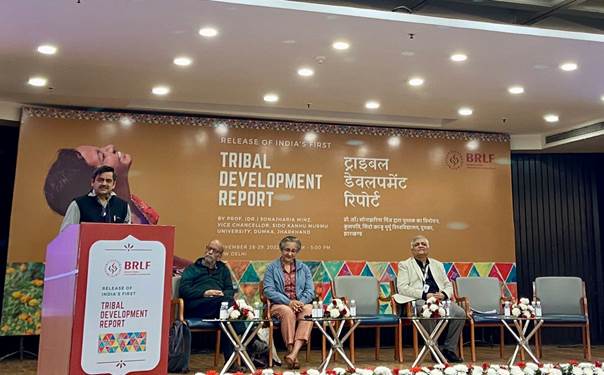Free Courses Sale ends Soon, Get It Now


Free Courses Sale ends Soon, Get It Now



Copyright infringement not intended
In News
Details
Key Points of the Report
About Tribal in India
Challenges faced by Tribals
Schemes for the development of Tribal
https://t.me/+hJqMV1O0se03Njk9
© 2024 iasgyan. All right reserved